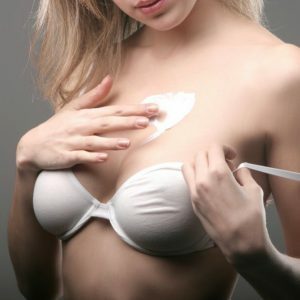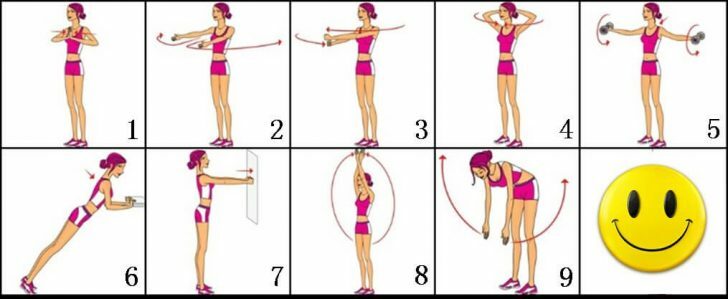Liposuction
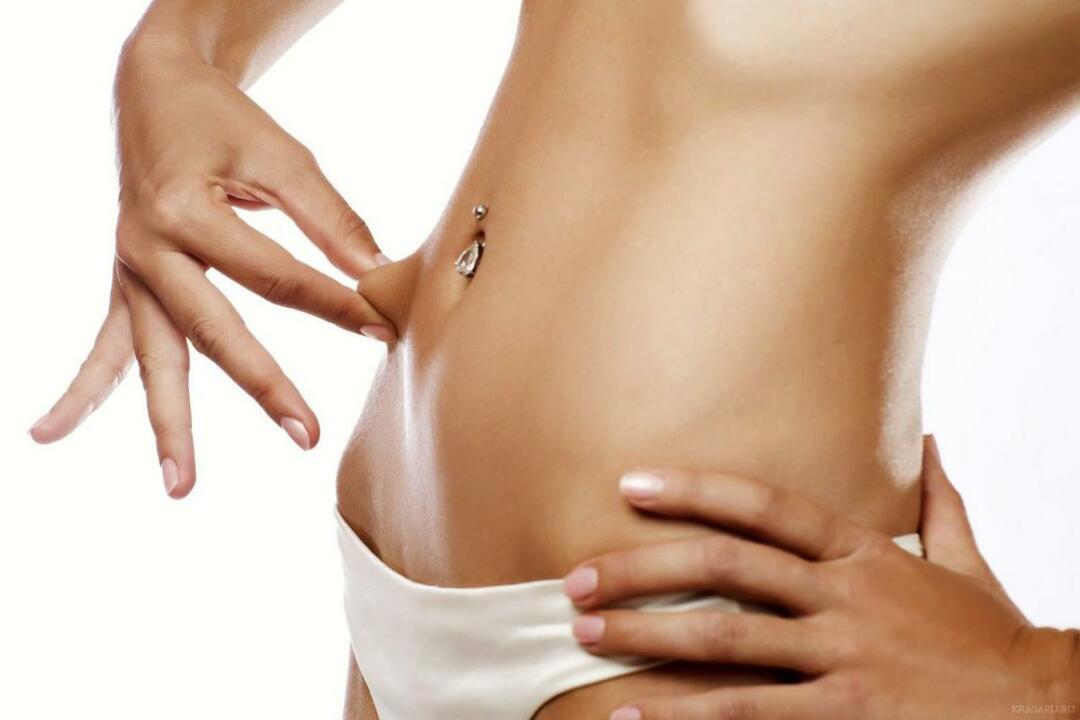 Liposuction is a widespread cosmetology procedure, the purpose of which is to reduce the volume and change the nature( form) of fat deposits in various areas of the body.
Liposuction is a widespread cosmetology procedure, the purpose of which is to reduce the volume and change the nature( form) of fat deposits in various areas of the body.
Liposuction is also considered a bariatric technique, that is, procedures used to treat obesity.Strictly speaking, this is not entirely true, because liposuction does not affect the causes and pathogenesis of the disease.Nevertheless, the cosmetic effect from it may be more significant than when trying to get rid of extra pounds in other more conservative ways.
Contents: methods of liposuction Indications liposuction Preparing for liposuction contraindications to liposuction Tumescent liposuction Ultrasonic liposuction Laser liposuction Radiofrequency liposuction Advise patients who have undergone liposuction Recommendations:methods of liposuction
Important: During the manipulation, it is possible to pump out up to 2 liters of fatty deposits.
Women most often resort to liposuction hips( to eliminate the so-called "riding breeches"), and ask cosmetic surgeons to remove unwanted deposits in the buttocks, abdomen, waist and forearm.Very popular among patients of clinics is the procedure for liposuction of the chin.
Men tend to want to eliminate excess fat in the neck, chest, as well as on the stomach and buttocks.
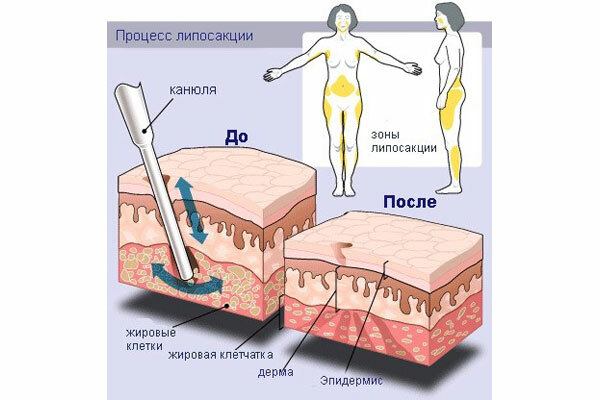
Several methods of fat removal are currently used in clinics.
Modern methods include the following types of liposuction:
- Tumescent liposuction;
- ultrasonic liposuction( traditional and non-invasive);
- laser liposuction;
- radiofrequency liposuction( RF).
Indications for liposuction
Indications for the procedure are the presence of significant local deposits of lipid tissue, which are not helped by such conservative methods as regular exercise and compliance with the restrictive diet.
It is desirable that the patient has a good general health and elastic enough skin.Under such conditions, the cosmetic effect will be maximal, and the probability of complications development is reduced to zero.
If the skin is flabby, then after the cosmetology procedure it may hang;In order to eliminate such consequences, additional surgical intervention is often required.
Note: best results in liposuction can be achieved in patients whose growth is medium or slightly above average.
Ultrasound liposuction is recommended for the removal of relatively small fat deposits, the formation of which is associated with hereditary factors or individual constitutional features.
Preparing for liposuction
A qualified plastic surgeon conducts an objective evaluation of the volume of surplus lipid tissue.The main task of a specialist in the preoperative period is preliminary modeling of the patient's figure, allocation of the area with the greatest accumulation of fat.
Before carrying out liposuction, the patient must undergo a complete examination and take a number of tests.
It's mandatory to get a consultation of a therapist, do an ECG and undergo a fluorography.
Analyzes to be taken during preparation for the cosmetology procedure:
- general blood test;
- blood for "biochemistry";
- blood test for HIV and hepatitis( B and C);
- general analysis of urine.
10 days before the procedure, it is strictly forbidden to take medications that affect blood coagulability, and it is not recommended to smoke.It is also advisable to conduct intestinal cleansing in the clinic.
The duration of the manipulations directly depends on the technique and extent of the intervention.Liposuction lasts from 30 minutes to 2-3 hours.
Contraindications to liposuction
Liposuction, like most other medical procedures, has a number of contraindications.
Procedure is not performed for patients diagnosed with:
- serious chronic diseases;
- exacerbation of chronic diseases;
- heart defects;
- other cardiovascular pathologies,
- bleeding disorders( for invasive procedures);
- diabetes;
- malignant neoplasms;
- active form of herpes;
- acute infectious diseases( including ARVI);
- Mental illness;
- endocrine pathology;
- decreased immunity against hormonal therapy.
Liposuction is also contraindicated in women during pregnancy and breastfeeding.
Tumescent liposuction
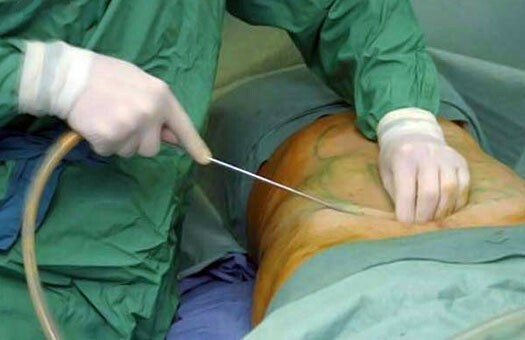 More recently, for the pumping out of fat, surgeons had to perform quite large lengths of incisions, which increased the risk of bleeding.In addition, a sufficiently traumatic operation was performed only under general anesthesia, and anesthesia not only prolongs the rehabilitation period, but can also lead to complications from the respiratory and cardiovascular systems.
More recently, for the pumping out of fat, surgeons had to perform quite large lengths of incisions, which increased the risk of bleeding.In addition, a sufficiently traumatic operation was performed only under general anesthesia, and anesthesia not only prolongs the rehabilitation period, but can also lead to complications from the respiratory and cardiovascular systems.
Tumescent methods are currently widely used.During the operation, one or more small incisions are made, through which microcannons are introduced under the skin to pump out the lipid deposits.Relatively small invasiveness of manipulation made it possible to conduct it under local anesthesia, supplemented sometimes with intravenous administration of sedatives.This not only shortened the postoperative period, but also allowed patients to be in the course of surgery in consciousness and to perform, if necessary, a doctor's request.
The development of a special formulation consisting of saline, lidocaine, antibiotic and epinephrine contributed to the wide dissemination of the technique.Before the operation, this solution under pressure is injected into the subcutaneous fat tissues directly in the area from which the fat will be pumped out.In this case, the volume of the injected liquid should be approximately equal to the volume of fat that is expected to be evacuated.
The composition used in the preparation allows achieving qualitative anesthesia, minimizing the risk of bleeding and preventing the development of infectious complications.Moreover, by interacting with fat, this mixture turns fatty tissue into an emulsion, which allows easy evacuation of unwanted deposits by the vacuum method.For pumping out fat, low-traumatic thin cannulas are used, which ensure the accuracy of the procedure and the absence of bruises, gray and large scars after it.
Note: is an important point in the implementation of tumescent liposuction - complete removal of emulsified fatty tissue.Non-observance of this condition entails the appearance of significant depressions on the patient's body
In most cases, a few hours after the end of the procedure, the patient can leave the clinic.Complete recovery usually takes only 3-4 days, after which the person returns to the usual active life.
Ultrasonic liposuction
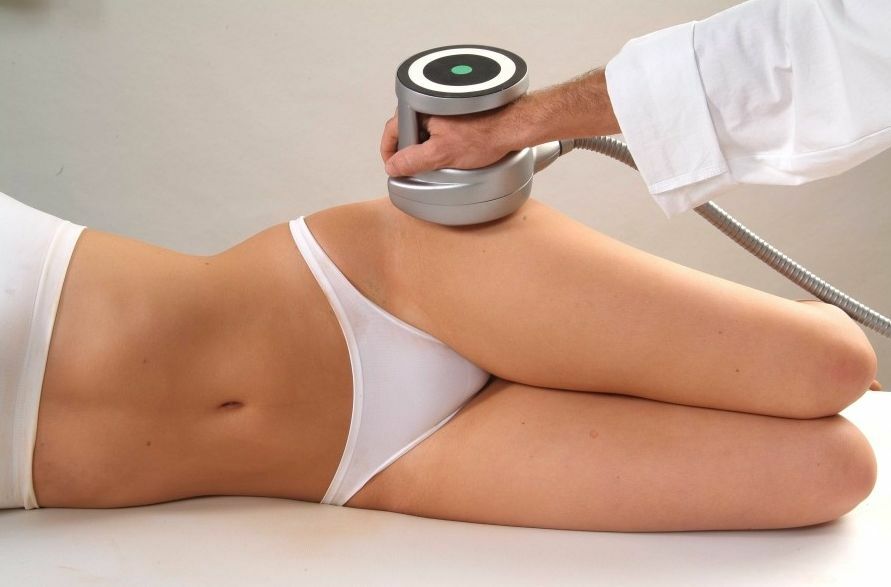
The ultrasound liposuction technique involves exposure to lipid deposits with high frequency sound vibrations.Under their influence, the cells of the fat layer( adipocytes) are destroyed, turning into an emulsion.
Undoubted advantage of the ultrasonic technique is the ability to prevent blood loss, scarring, and also the formation of irregularities in the form of pits and bumps.The most often performed ultrasound-liposuction of the hips, abdomen and facial area( chin).During the procedure, the effect of tightening the skin is achieved.
In the course of traditional ultrasonic liposuction, the emulsified fat( lysate) is evacuated by means of a device producing a reduced pressure( vacuum suction).For this, thin cannulas of titanium are inserted into small incisions on the skin.In one session, up to 1.5 liters of fat is output.
There is an innovative non-invasive technique that involves the removal of destroyed lipid tissue through the circulatory and lymphatic system.It does not require the implementation of cuts, which excludes the possibility of complications such as inflammation, suppuration and the formation of postoperative scars.
Note: is a non-invasive method used to eliminate small deposits( eg, with chin liposuction).A large amount of fat requires its removal in several stages, since in one session, using this ultrasound technique, liposuction is pumped no more than 500 ml.
The best effect is achieved by the combination of non-invasive ultrasound liposuction with massage procedures and lymphatic drainage, regularly conducted after the procedure.Positive changes fully manifest after a month, when the lipids decomposed to simpler chemical compounds will be finally removed from the patient's body.
Important: with a general increase in body weight( in particular, with a tendency to obesity), the positive effect quickly reduces to zero.In this regard, patients are recommended to follow a diet with minimal consumption of fatty foods and so-called."Fast" carbohydrates.
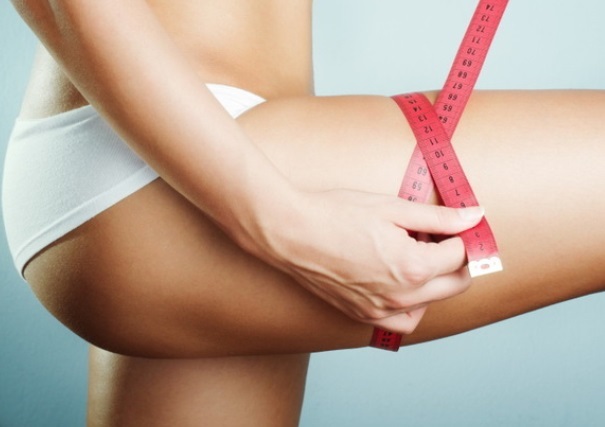 In a number of leading clinics, non-invasive liposuction is currently practiced using Ultrashape.This device generates a powerful directional flow of ultrasonic vibrations.A unique scanning system optimally distributes energy, excluding the negative impact on surrounding tissues.The impact zones( from 125 to 315 sq. Cm.) Are determined by the removable devices included in the kit of the device.In the presence of significant fat deposits specialist cosmeticians advise the patient to go through 3 to 8 sessions, the interval between which should be 3-4 weeks.The procedure is absolutely painless, therefore, even local anesthesia is not required in this case.
In a number of leading clinics, non-invasive liposuction is currently practiced using Ultrashape.This device generates a powerful directional flow of ultrasonic vibrations.A unique scanning system optimally distributes energy, excluding the negative impact on surrounding tissues.The impact zones( from 125 to 315 sq. Cm.) Are determined by the removable devices included in the kit of the device.In the presence of significant fat deposits specialist cosmeticians advise the patient to go through 3 to 8 sessions, the interval between which should be 3-4 weeks.The procedure is absolutely painless, therefore, even local anesthesia is not required in this case.
After non-invasive ultrasound, liposuction should be followed by a drinking regimen with a consumption of at least 2 liters of fluid during the day.This will allow the body to get rid of the destroyed fat cells.
Important: does not perform ultrasound liposuction if the patient has endoprosthesis or has a pacemaker installed.Contraindications are also osteoporosis , skin diseases in the area of presumed exposure and decompensated form of diabetes mellitus.
Laser liposuction
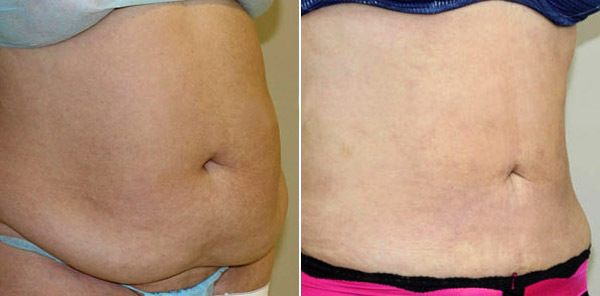 Laser liposuction is the most innovative and promising technique for getting rid of excess subcutaneous fat deposits.It is based on the ability of laser radiation to selectively and very delicately affect the cell membranes of adipocytes.The diameter of the tube for removing fat is only 1 mm, so during the procedure, not a cut is made, but a puncture.
Laser liposuction is the most innovative and promising technique for getting rid of excess subcutaneous fat deposits.It is based on the ability of laser radiation to selectively and very delicately affect the cell membranes of adipocytes.The diameter of the tube for removing fat is only 1 mm, so during the procedure, not a cut is made, but a puncture.
Since the beam is capable of instantly "sealing" damaged blood vessels, complications in the form of postoperative hematomas also do not develop.Radiation stimulates the synthesis of collagen, so the lifting effect( skin tightening) is simultaneously achieved.
With non-surgical lipolysis, which is performed in small areas of the body, there is no need to pump the lysate.The content of the destroyed adipocytes enters the bloodstream, passes through the liver to cleavage to simple compounds, and is excreted naturally.Laser lipolysis does not leave marks in the form of scars.
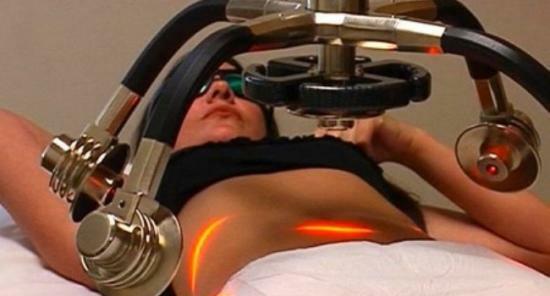
This technique allows to remove deposits in such difficult for the doctor areas as the upper abdomen, neck and forearm.Provides excellent cosmetic effects and laser liposuction of the chin.
Radiofrequency liposuction
This technique involves fat burning by means of radio wave radiation.It warms the adipocytes, turning them into a homogeneous substance that is easily absorbed.The advantage of the technique is the parallel achievement of the lifting effect by stimulating collagen synthesis.
Recommendations for patients who underwent liposuction
After performing liposuction, it is recommended that:
- Avoid significant physical exertion during the month and refrain from visiting baths, saunas and tanning salons.
- Undergo massage and lymphatic drainage sessions.
- Organize a rational diet, eliminating from the diet products that promote the collection of excess kilograms.
- Within 1-2 months, wear special compression underwear, which will complete the process of forming new body contours.
Myths and truth about liposuction: experts in this video review tell about them:
Plisov Vladimir, medical reviewer

